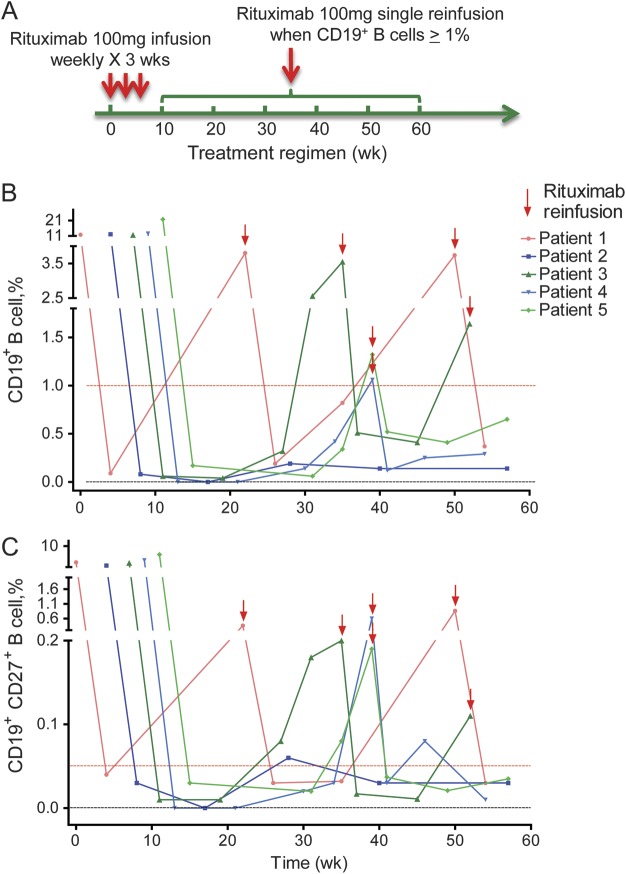Figure 1. Kinetics of the B-cell population in patients treated with repeated dosage of 100 mg rituximab.
(A) Reduced-dosage rituximab treatment regimen. We administered rituximab 100 mg IV, once per week for 3 consecutive weeks. Continued dosage was dependent on the percentage of circulating CD19+ B-cell counts from patients with neuromyelitis optica. Whenever it reached 1% of total lymphocyte population, rituximab 100 mg was reinfused except in patient 3 because a delay was caused by patient scheduling issues. (B) The repopulation of CD19+ B cells in patients with neuromyelitis optica during rituximab therapy. (C) The repopulation of CD19+CD27+ B cells parallels that of CD19+ B cells after rituximab treatment. In all 5 patients, whenever the percentage of CD19+ B cells reached 1%, CD19+CD27+ B cells were higher than 0.05%. We used simple whole-blood staining to monitor B-cell kinetics directly from the circulation. We immunostained whole-blood samples within 60 minutes of blood draw using antibodies directed against CD27/CD19 with isotype controls, followed by red blood cell lysis and immediate acquisition and analysis by flow cytometry. Before infusion, a percentage of circulating CD19+ cells among the total lymphocytes was determined as the baseline level. The percentage of CD19+ cells was determined again after 3 rituximab infusions at 4- to 8-week intervals. Infusion was stopped when these cells reached <1%, and reinfusion was continued when CD19+ cells exceeded 1% (A and B). All patients gave consent before receiving treatment.

